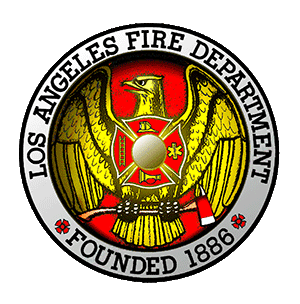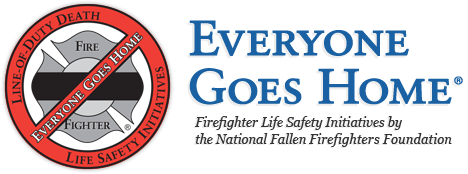By Fire Chief Ralph Terrazas
Originally published in Firehouse® Magazine’s 2020 Health and Safety Report
The Los Angeles City Fire Department (LAFD) responded to a reported structure fire at 2881 East Pico Boulevard, at approximately 1255 hours on September 19, 2018. The occupancy known as Passion Imports, was a business that stored clothing apparel.
While assessing the need for ventilation — over heavy fire conditions — a partial roof collapse occurred and subsequently, two members of a ventilation team sustained burn injuries. One additional member from the ventilation team encountered a near miss event that spurred our organization to change.
The first arriving engine company reported a 100’ x 80’ commercial occupancy with heavy smoke showing and deployed hand lines to the Alpha (A) side of the building. The second company (first Light Force, one engine and one ladder truck) to arrive confirmed the size-up and ordered two additional Task Forces (each comprised of two engines and one ladder truck). The aerial ladder from the Light Force was thrown to the Bravo (B) exposure at the Alpha/Bravo corner of the building and the 4-member Ventilation Team (Top Member-Near Miss Survivor, Tiller Member, Apparatus Operator and Inside Member) ascended the aerial ladder and transitioned to the roof of the Bravo exposure. The Ventilation Team walked parallel to the parapet traveling along the Bravo side, towards the Charlie (C), Bravo/Charlie corner of the exposure. Fire was seen coming from one vent and heavy pressurized smoke from all other roof orifices.
The Top Member and Tiller Member stopped, donned their facepieces and connected to supplied air while the Apparatus Operator and Inside Member continued on their path along the parapet wall of the exposure building (along the division wall). When the Apparatus Operator (A/O) and Inside Member reached a point on the roof that was determined to be safe for an assessment for ventilation (2nd truss), the Inside Member sounded the roof from the exposure onto the involved structure. He continued to sound until the member was approximately ten feet (10’) from the parapet. The Inside Member determined the roof was unsafe, turned around and traveled back to communicate roof conditions to the A/O. When the Inside Member was approximately two to five feet (2’-5’) from the division wall, the roof suddenly collapsed falling away from the division wall and hinging on the Alpha wall. The Inside Member leaped for the parapet as the roof fell away and grabbed onto the bearing wall, where he held on until rescued by the A/O and Tiller Member. The A/O and Tiller Member were able to pull the Inside Member to safety onto the exposure building roof.
Simultaneously, the Top Member who was positioned on the involved structure “rode” down with the surface of the roof as it collapsed. Under heavy smoke and fire conditions, the member attempted to self-extricate by walking up the partially collapsed roof to the Alpha/Bravo corner of the involved structure, eventually noticing blue sky and jumping up to grab onto the parapet. At some point between roof collapse and self-extrication, the member removed the structure glove from his left hand and depressed the Emergency Alert Button (EAB) on his handheld radio.
The Tiller Member, the only witness to the Top Member’s location, assumed that the member had fallen through the roof to the inside of the structure. The Tiller Member informed the A/O, who initiated a MAYDAY two separate times. The initial MAYDAY was “covered” by other radio traffic. The second MAYDAY was acknowledged by the Motorola Emergency Tones initiated by the Incident Commander (IC). The A/O communicated to the IC that “…the Top Member has fallen through the roof into heavy fire…”
After communicating the MAYDAY, the A/O noticed the helmet of the Top Member appearing from the involved structure near the Alpha/Bravo corner. The Ventilation Team pulled the Top Member over the parapet onto the exposure. The A/O notified the IC that the member was found and requested assistance with getting the member down from the exposure. A Paramedic Rescue was assigned for treatment and transportation. An additional Light Force was assigned and assisted the Top Member down the aerial and into the transporting RA. The Top Member was transported to the nearest trauma center with a burn ward. The remaining ventilation team was transported to the same facility for evaluation and assessment of injuries.
The Top Member suffered 2nd and 3rd degree burns to multiple areas of his body including his hands, fingers, ear, leg, ankle and arm. The A/O suffered 2nd degree burns to the hand. The LAFD concluded that Personal Protective Equipment and Self-Contained Breathing Apparatus worn by the members prevented further injuries.
The trademark of the LAFD has always been aggressive interior fire attack with coordinated vertical ventilation. We realized from this incident that the firefighting landscape had changed; therefore, our approach and tactics needed to change. All-hazard incidents are more complex, building construction has evolved, existing buildings are aging, and products of combustion are burning more quickly and intensely due to the materials being manufactured. This has resulted in violent fires and firefighter near miss incidents becoming more commonplace. These types of incidents require a more methodical approach to our job.
It is imperative to the success of our mission that we recognize the changing structure fire environment we are being called to operate in. While we may fight fire aggressively, we must also do it intelligently. Whether we respond to a structure fire, brush fire, or any all-hazard incident, we must be progressive in identifying and managing the risks that can hurt or even kill us.
Based on this incident and fulfilling a promise to protect our members, the LAFD introduced a three-step All Hazard Emergency Incident Decision Making Process so that there is a consistent template every firefighter can utilize for all emergency incident responses. The three steps to the process are:
Step 1. Gain Situational Awareness
- Time, Occupancy Type, Location
- Conditions upon arrival
Step 2. Conduct Risk Assessment/Risk Profile
- Rescue Profile – Significant Risk to save lives
- Property Profile – Moderate Risk to protect property
- Exposure Profile – No Risk (lives or valuable property are not at risk)
- Offensive Mode (may include transitional attack)
- Defensive Mode
- Investigative Mode
- Safety Stand Down on October 1, 2 and 3, 2018
- Updated Departmental Bulletins
- Updates to Book 30 Command Procedures
- Training Programs
- LAFD Risk Management Policy (outlined below)
- Activities that present a significant risk to the safety of the members shall be limited to situations where there is a potential to save endangered lives.
- Activities that are routinely employed to protect property shall be recognized as inherent risks to the safety of the members and actions shall be taken to reduce or avoid these risks.
- No risk to the safety of the members shall be acceptable when there is no possibility to save lives or property.
- Maintain radio discipline and clear the channel when a MAYDAY is in progress.
- Utilize the Divisional Tactical Channel when checking in (rather than the Incident Tactical Channel)
- Always maintain company unity when working in an Immediately Dangerous to Life and Health (IDLH) atmosphere
- Review MAYDAY procedures
- Making the Nathan Espinosa Story
- Go Down Swinging – The Nathan Espinosa Story Discussion Support Tool Worksheet
- 2020 Fire Service Health & Safety Report
Step 3. Apply the appropriate operational mode and include it in the radio size-up
Upon arrival of a working incident, it is crucial that the operational mode is clearly stated by the first arriving unit, so that all resources on scene are in alignment with the stated mode. The operational mode was not clear on the Pico Incident. While some of the firefighters were in a defensive mode, the Ventilation Team and others were in an offensive mode.
The operational risk management (ORM) process is cyclical. The Incident Commander shall continue the evaluation process throughout the incident to identify and communicate via radio any change in the operational mode. Conditions, resources, and duration of the incident should be the primary factors when evaluating a change in the operational mode.
The LAFD supported this transformational change in policy by providing clear direction, education, and training. Some of the tools we used to develop our Department and member’s abilities to effectively apply this ORM process included:
Additionally, we provided safety issues for all members to review:
Our immediate change in policy has provided a safer operating environment for our Firefighters. The first arriving officer announcing what mode they are operating in has become a normal standard operating procedure. We continue to review significant incidents so that we can provide enhanced situational awareness to our firefighters.
The Los Angeles City Fire Department will continue to be known for aggressive interior fire attack with coordinated vertical ventilation, but will equally be known for intelligent engagement of all-hazard incidents while employing effective safe Operational Risk Management principles – so “Everyone Goes Home.”
Roof Collapse – Burn Injuries and Near Miss
September 19, 2018
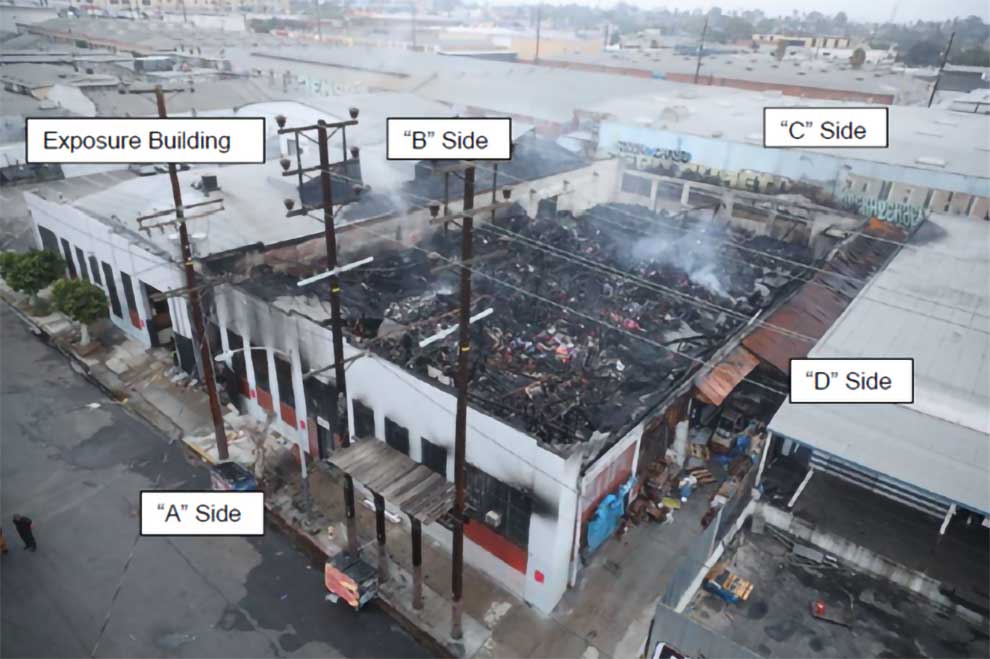
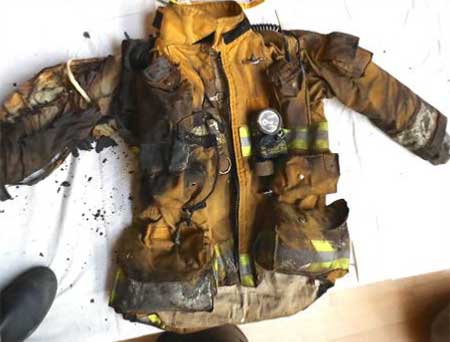
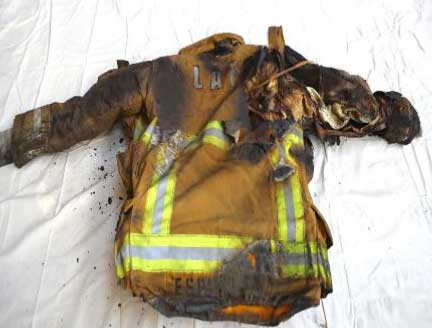
Fire Chief Ralph M. Terrazas
Los Angeles City Fire Department
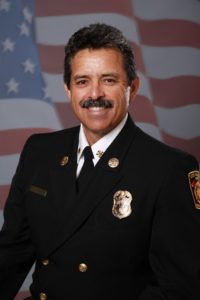 Ralph M. Terrazas was confirmed Fire Chief of the Los Angeles City Fire Department (LAFD) on August 8, 2014. Chief Terrazas is a 36-year veteran of the Department and is the 18th Fire Chief of the LAFD.
Ralph M. Terrazas was confirmed Fire Chief of the Los Angeles City Fire Department (LAFD) on August 8, 2014. Chief Terrazas is a 36-year veteran of the Department and is the 18th Fire Chief of the LAFD.
Prior to his appointment, he served as a Chief Officer for 14 years in a variety of field and administrative assignments. His Chief Officer field assignments included: Battalion18 (West LA), Battalion 7 (East LA), and South Division (South half of the City of Los Angeles).
While at his administrative assignments, he established the Department’s Professional Standards Division, which upgraded and professionalized the LAFD’s disciplinary system; led the development and passage of the Proposition “F” Fire Station Bond, which enabled the construction of 19 new LAFD Fire Stations; he is the holder of a U.S. Patent for a “Brush Fire Rate of Spread” tool and an Emmy Award of Excellence for production of a public service announcement program.
Since his appointment in 2014, Chief Terrazas has overseen the hiring of over a thousand new Firefighters, the reopening of previously closed Engine and Truck Companies, the implementation of the Firestat process, the establishment of a new Emergency Medical Services Bureau, the creation of innovative resources such as the Advanced Provider Response Unit and the Fast Response Vehicle, the implementation of a Telemedicine Program, the instituting of the Unmanned Aerial System (Drone) Program, the establishment of the LAFD/LAUSD Firefighter High School Magnet Program and many others.
Chief Terrazas was born in Long Beach, California and was raised in nearby Wilmington. He is a graduate of Banning High School, Class of 1978. He holds a Bachelor’s Degree in Public Administration and a Certificate in Fire Protection Administration from San Diego State University. In 1995, he received Master’s Degree in Public Administration with an emphasis on Human Resource Management from California State University, Los Angeles.
Related:

